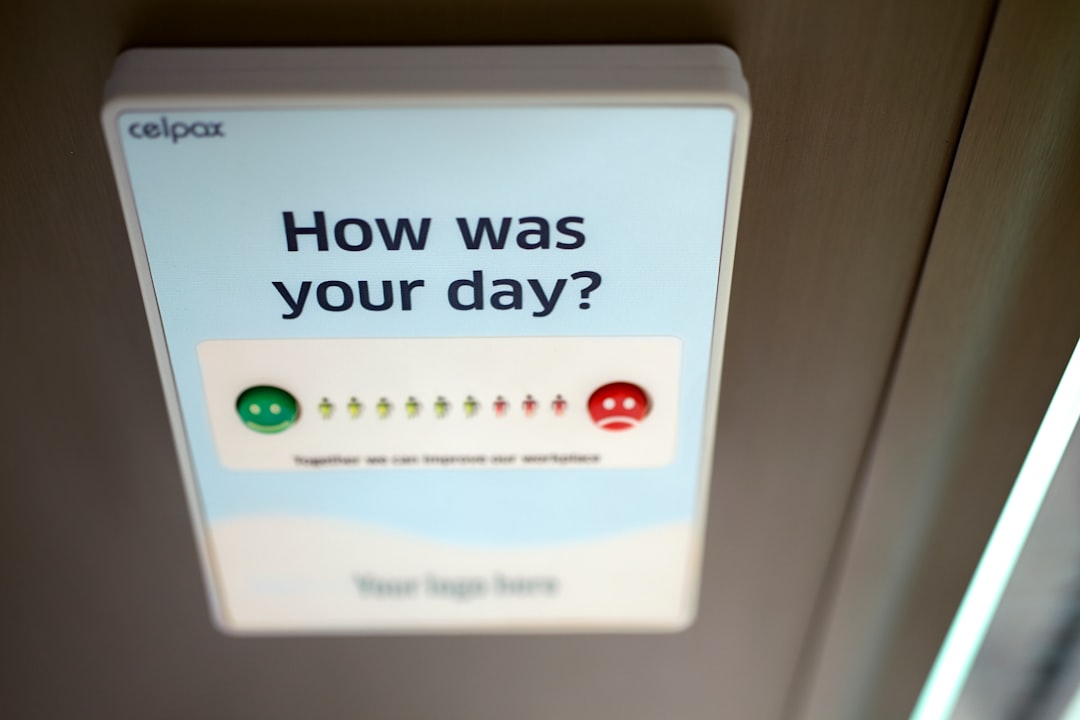What is it about?
Event operations are very fast paced, so there is little time to think about how to be strategic with their ‘resource’ of knowledge; at the same time event management is relatively new research area, there is a gap in our understanding of how event organizations transfer knowledge. We use qualitative interview data and show that knowledge transfer processes can be categorized into three distinct phases: i) pre-event, ii) event-operations and iii) post-event. Pre-event: Event managers and staff mostly transfer large amounts of explicit/written knowledge, e.g. manuals, training etc. beforehand. During event-operations: Tacit/’not visible’ knowledge is transferred, a lot of learning happens on ‘how to do things best’ during the fast-paced event operations. Post-event: Not so much knowledge transfer happens here. However, there would be so much tacit knowledge to share from volunteers and staff. But, managers rarely make this tacit/invisible information explicit knowledge. The problem is that there is no storage or organizational memory – and only limited learning for the next event. With this paper, we also provide ideas on how event managers can be more strategic with knowledge transfer and how to better integrate feedback of staff and volunteers.
Featured Image

Photo by freestocks.org on Unsplash
Why is it important?
We provide insights into how event organizations transfer knowledge and identify drivers that foster knowledge transfer. Identifying these knowledge transfer processes is important as the work environment of event organizations is complex, uncertain, and unpredictable; yet, operations are bound to strict deadlines and structures Understanding knowledge in this context is highly relevant because knowledge transfer is the key success factor for organizational performance and effectiveness.
Read the Original
This page is a summary of: Knowledge Transfer and Organizational Memory: An Events Perspective, Event Management, September 2017, Cognizant Communication Corporation,
DOI: 10.3727/152599517x14998876105765.
You can read the full text:
Resources
Contributors
The following have contributed to this page










